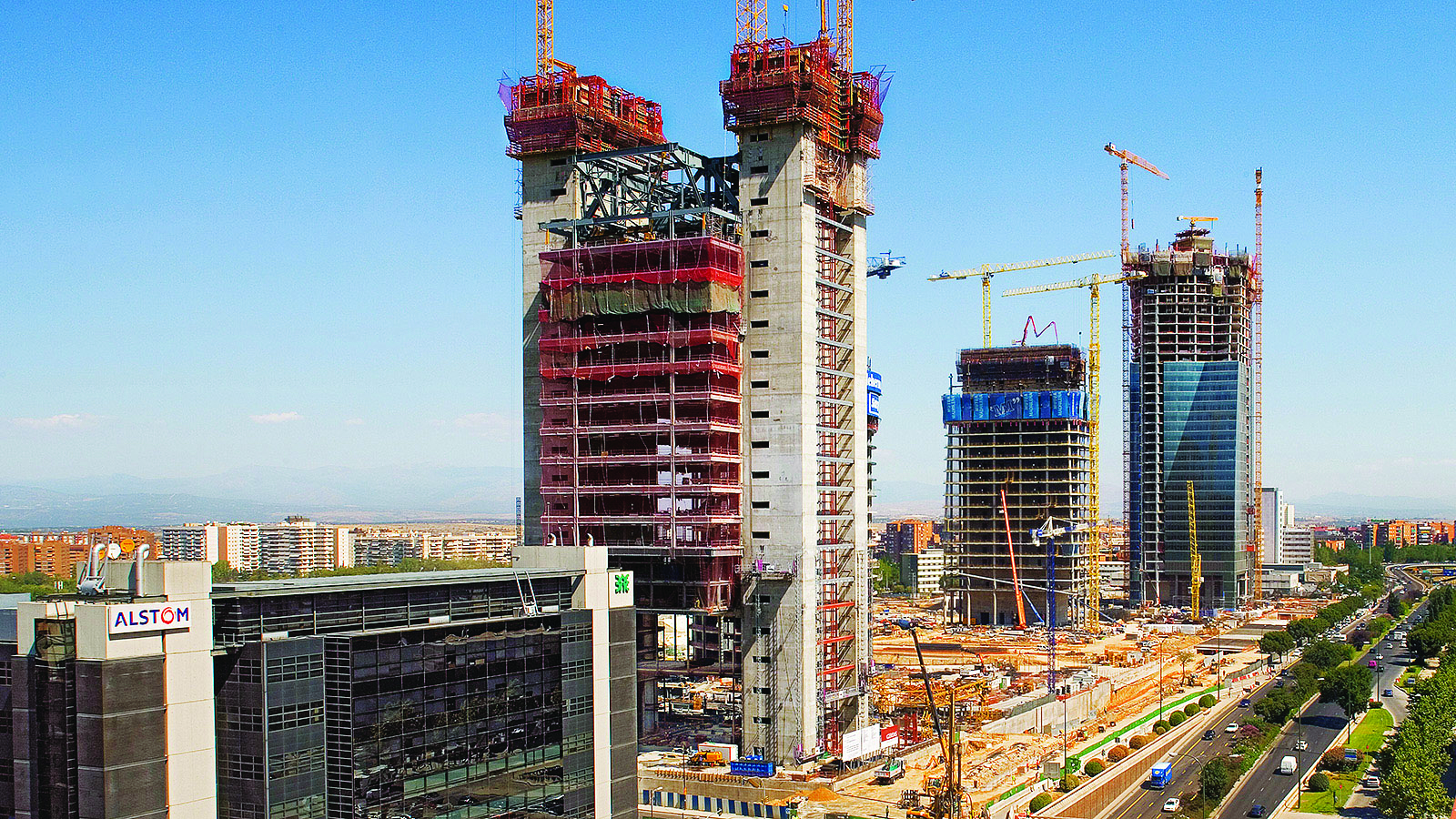Creating a Territory Plan or having Preferred Marketing Areas is a desire of most franchise systems, however evolving into a good system can be a nightmare.
Most Territory Planning exercises we handle begin from the “Beer and Pizza” approach, and in many cases have evolved at people’s discretion. The “Beer and Pizza” approach is normally when a group of management (and some franchisees), converge around a map on a Boardroom table with beer, red wine, a couple of pizzas and a black crayon, and some good ideas! Inevitably it is built around where existing stores are, or where dominant Franchisees want to have as their exclusive territory. The downside is uneven opportunity in territories, overlaps and spaces in between, which we call no man’s land.
Whilst the areas may look similar in square kilometres, the content in terms of business, numbers of people and how they suit the product being sold is normally extremely uneven.
What do we call our areas!
The first issue I normally discuss with Franchisors is that they call their areas what they actually are. If you have a service business, and you allocate leads or jobs, such as a finance business, a repair business or a cleaning business, then in my view, you are giving a territory.
If you have a fixed business (a shop or store) we recommend you do not call it a territory, however if you do give a prescribed area, then call it what you want it to be. For example many clients use the term Preferred Market Area (PMA), or if it is so no other store will be nearby, call it an Exclusion Zone.
Territories or no territories?
In many brands, you find there is no territory, and the franchisor has no intention of giving one. In a major shopping centre, your territory or exclusion zone may be quite reasonable in that the Franchisor agrees that you are their sole representative for that Centre. In some cases such as in Lotteries, you cannot expect that, as in big shopping centres, there may be 2 or 3 outlets these days. When I was in the oil industry, no petrol company ever gave territories.
So whilst an advocate that not everyone needs to have territories, we do have many cases where not only does the customer come to you, but you deliver to the customer. For example the pizza business such as Dominoes and Pizza Hut need to have a designated area for deliveries, and they tend to call these territories.
Active and Passive marketing
In many cases where boundaries are rather irrelevant as far as the customer is concerned, the leading franchise systems talk more in terms of active marketing and passive marketing. The best description for a business is you can drop flyers, run advertisements, billboards, sponsorship etc in your Active area (which is normally your Territory or PMA). On the other hand if a potential client chooses to contact you from outside the territory or PMA, then you can supply or service the opportunity, from what we call the Passive area. The classic is the finance industry, where you may do a deal for someone in your active territory and then a relation or friend comes to you as a referral, and you can still do their loan, even if it is outside your area. With electronics and the web, a loan writer in Sydney can easily do a loan for Cairns without having to go there, or physically deliver anything.
Territories for a service business
Most service businesses are not reliant on a central store, or where the Franchisee lives. What they rely on is that there is sufficient business in the defined area for the Franchisee to make a living. In these cases, you can plan the territories fairly well, early in the Franchise System’s development, as the physical location of a store, or the Franchisee’s residence should not be an issue.
For example when working with 2 of the major banks, we did the territory design for their mobile lending arms, and that has been stuck to religiously for quite a few years. Each territory was made to offer similar “sales potential”, and then when Franchisees applied to take on a territory, it was already mapped, measured, locked and loaded.
Planning for a Delivery type operations
We do the territory planning for many franchise systems where we have to ask… What comes first, the chicken or the egg? In our view this becomes PROGRESSIVE TERRITORY PLANNING, where there may be a 2 stage process, the second evolving as the network is rolled out.
The first stage normally begins with the question of how many territories should I have, and about where should I place them? At a concept stage, this can mean territories can be drawn so that the Board of Directors can approve the concept, the map is available for the Franchise Expos, and potential franchisees have a starting point to visualise. Call this DRAFT ONE!
The second stage is as sites are found, and delivery areas defined, you naturally need to build the territories around the stores, and not have the store in a corner of the area, and the next store delivering nearby because that was the shape of the territory.
One Pizza system we are working with is expanding rapidly, and it is only when they go into an area that they define a small shopping strip that suits them. If they then secure a site in the strip, we have to define the territory around the store. In most DRAFT territories, there may be one or two major strips and up to 15 or 20 small strips. Their basic parameters for selecting a strip are:
- Small strip for lower rental
- A vacant shop available
- Good parking for customers and delivery vehicles to work with
- No other Pizza supplier in the strip (or immediate area).
So the stages we now work in are:
- DRAFT mapping to look at the ideal situation.
- Identify ALL the strips in the area, down to small strips of 6 – 10 stores
- Allow them to select and negotiate a suitable store
- Build the territory centred around the proposed store
- Include the new territory in the agreement
- Keep a master map so that you do NOT have any overlaps or “no man’s lands” as the network develops.
Business Potential of an area
As part of the process, we should identify what are the demographic features that are favourable or unfavourable to the product we are selling. This can be done by some research and analysis, or if we are new in our development, there are normally some realistic assumptions we can initially make.
If we believe the area is favourable for our products, then we probably need less households or people around our business to generate a good business. If the demographics are unfavourable, then we will need above average numbers to make a business successful.
Mapping a territory
All these things should be taken into account in then forming the territory or PMA you will be using in the future. Once identified, we strongly recommend it be mapped, and the map is included in the Franchise Agreement for clarity in the future. We do NOT recommend a list of postcodes or suburb names, as these do change with time, and create problems in the future. Roads and other physical boundaries shown on a map do not move – well maybe they do in a couple of hundred years, but well outside the scope of a franchise agreement. If there is a move such as a new freeway, or a postcode moves its boundary, you have a clear starting point to work from.
Summary
Progressive Territory Planning is required for some business types, however a pure service business can normally be mapped early in its development and then remain unaltered for many years to come. If your Franchisor cannot deliver you a proper map with some logic or explanation on how your territory was developed, then you must seriously ask about their competency for the future.
For more information please visit our website www.spectrumanalysis.com.au, and download our free E-Book – Five tips to effective Territory Planning.









